Developments of the past for the gun of the future: the SLRC project and predecessors
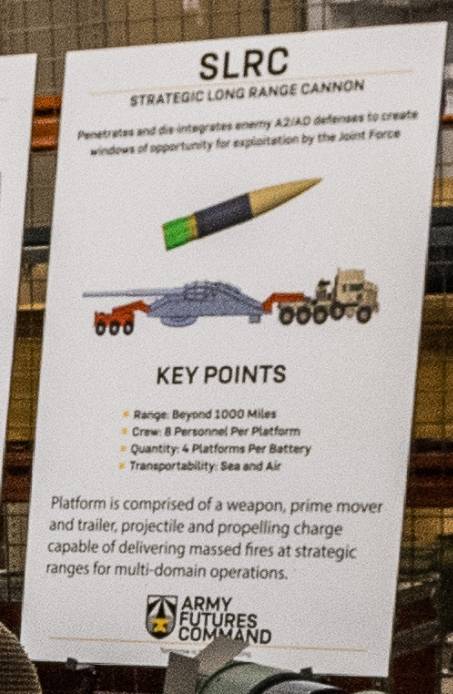
In the United States, a promising artillery complex SLRC (Strategic Long Range Cannon) is being developed. In 2023, the Pentagon plans to test a gun with a range of at least 1000 nautical miles (more than 1800 km). As reported, the project will be based on a number of modern technologies and solutions that can achieve the desired characteristics.
Land records
In recent years, the United States has been actively engaged in the problem of improving the combat qualities of artillery and for this purpose are developing several new projects. So, SLRC is created in a strategic niche, and ERCA, HVP and their derivatives are intended for the tactical level. Some of the new products for these projects have already been brought to the test, but the characteristics obtained are much more modest than expected for the SLRC.
The result of the ERCA (Extended Range Cannon Artillery) project has already become an experimental 155-mm howitzer M777ER. It features an elongated 58-caliber barrel (against 39 klb in the original M777), and is also intended to use a new shot with an enhanced charge and an XM1113 active-rocket projectile. An improved howitzer is proposed for use as part of advanced self-propelled guns.
The main decisions of the ERCA project are already paying off. In the spring, regular tests with firing at an increased distance took place. This time, the M777ER gun on a self-propelled platform was able to hit the target at a distance of 65 km. For firing used ammunition XM1113 and M982 Excalibur. The project developers are already talking about the fundamental possibility of a shot at 100 km, but have not yet specified when it will receive practical confirmation.
Developments for the fleet
For surface ships, the Mk 51 Advanced Gun System artillery mount with a 155 mm caliber barrel and a length of 62 klb has been developed. In terms of its design, this product is to a certain extent similar to other ship installations, but has a number of differences. The Mk 51 installation can use a variety of ammunition, incl. promising Hyper Velocity Projectile (HVP) projectiles with increased performance.
HVP is a unified guided projectile for use in systems of various types and calibers. Due to the optimization of aerodynamics, the presence of a solid-fuel engine and controls, an increase in range is ensured. With the help of various leading devices, the projectile can be used with 127 and 155 mm caliber guns, as well as in rail guns. Existing 155mm cannons are capable of sending HVPs up to 80 km, and for a long-barreled AGS, the estimated range is up to 130 km. High-energy railguns should provide a range of more than 180 km.
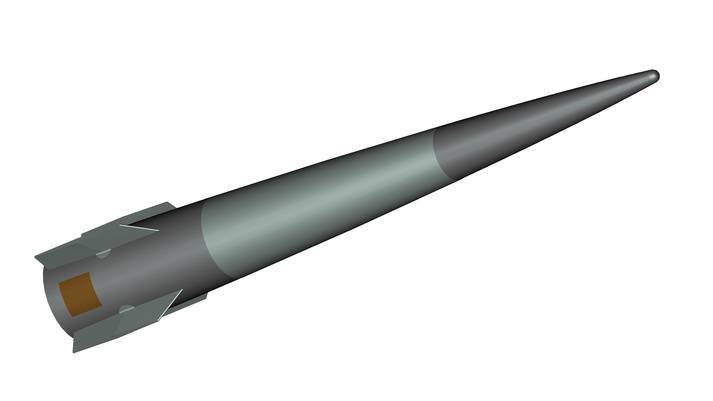
The HVP product has passed part of the tests using different systems. Various tasks are performed. So, in early September, it became known that an experienced AGS gun with the help of HVP was able to hit an incoming cruise missile. At the same time, the exact prospects for HVP have not yet been determined. Tests are ongoing, and the army or navy is not yet ready to make a final decision.
Technology of the past
In the context of ultra-long-range guns, it is necessary to recall the US-Canadian HARP (High Altitude Research Project) program, which was carried out in the sixties. It was based on the idea of launching light spacecraft with the help of a special artillery complex. At the same time, the key elements of the project were a special gun and projectile with high performance.
As part of HARP, several experimental smoothbore guns were created with a caliber from 5 to 16 inches (from 127 to 416,5 mm). So, a 16-inch gun was made from two serial barrels by welding them and then drilling a channel to remove rifling. Such a gun with a length of more than 36 m was supposed to fire almost vertically and provide an initial projectile velocity of over 2150 m / s. One of the prototypes in the course of development received a trunk 53,5 m long.
For guns, HARP developed a special ammunition called Marlet. At different stages of the program, several versions of such a product were used, differing in their design, characteristics, payload, etc. The project began with the use of arrow-shaped sub-caliber projectiles, and in the later stages full-fledged active-reactive and rocket systems were used.
Testing of HARP guns with Marlet ammunition continued for several years. Different projectiles with different propelling charges were tested. Various combinations of charge, elevation angle, etc. were studied. In the course of such experiments, a maximum trajectory altitude of 180 km was obtained - a 16-inch gun fired almost vertically.
Thus, the energy of the gun, when using optimal angles, made it possible to send a projectile to a distance of hundreds of kilometers. However, this mode of fire was not considered the main one, since the project had other tasks. Shooting from small angles was carried out only by a few experimental guns in the order of separate experiments.
Experience and developments
Thus, in the past and present, US specialists managed to conduct a lot of experiments and accumulate solid experience in the field of long-range and ultra-long-range artillery. At different times, various systems and individual components were developed and tested - and all these developments can find one place or another in the modern SLRC program.
Obviously, in order to fulfill the set requirements, the SLRC complex must include several components with special characteristics. The basis of the complex is a large-caliber gun capable of providing the initial acceleration of the projectile to high speed. It also requires a special projectile capable of using its initial energy as efficiently as possible, additionally accelerating on a trajectory and accurately hitting a distant target. Of great importance in such a complex are fire control systems, communication and target designation systems, etc.
The experience of the HARP project shows that even using the technologies of the middle of the last century, it is possible to create a weapon with a firing range of hundreds of miles. However, borrowing a finished design is not possible. This is hampered by the moral obsolescence of experimental systems, the complexity of their production and operation, as well as insufficient operational qualities for the army. The development of a modern ERCA product is also impractical due to the insufficient level of initial characteristics. In fact, an ultra-long-range gun has to be developed from scratch.
Perhaps in the future the SLRC will be able to use a guided "hyper-velocity" HVP projectile, modified as necessary. However, it is not clear whether such a product can provide the required range of 1000 miles. Perhaps the development of a new product is required, incl. based on the same technologies.
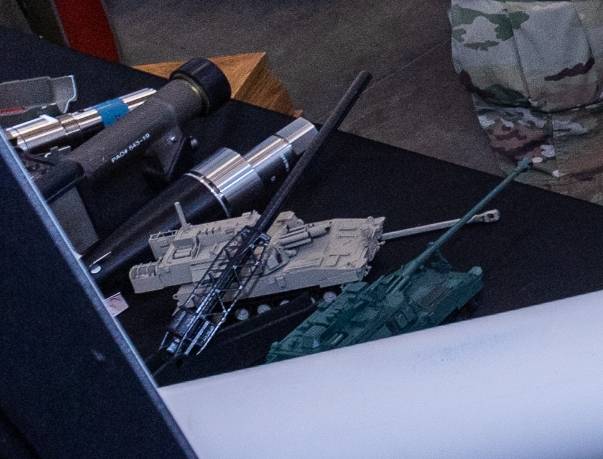
Perhaps the easiest task is to create a complex of communication and control facilities. The United States has extensive experience in this area, and in addition, a variety of systems for this purpose are already in service. It is likely that the SLRC complex will be able to be integrated into existing control loops without much difficulty, which will simplify the interaction of artillerymen with reconnaissance and headquarters - and bring the effectiveness of fire to the desired level.
Unknown future
It should be recalled that not much is known about the SLRC program to date. Only the most basic requirements and some features of future operation are announced. The exact composition, appearance, etc. have not yet been disclosed, although some layouts and posters appeared at the events.
If they reflect reality, then in the future the US Army will receive a gun on a platform with the ability to be transported using a tractor. It will be served by a crew of eight people, and four guns will be included in the battery. Also, such a unit should include a command post, communications equipment and various support vehicles. The complex will be air transportable, although it will require heavy aircraft.
With the help of the SLRC, the American army plans to break into the enemy's defenses. Projectiles with a range of more than 1800 km will have to hit key defense targets at great depths, simplifying the further work of other branches of the military. Ultra-long-range guns will take on some of the tasks of operational-tactical missiles, but will be able to use simpler and cheaper ammunition - with obvious benefits.
At the moment, the SLRC project is under development, and the appearance of a prototype and the first firing are expected in 2023. As you can see, by now the United States has gained solid experience in developing artillery and increasing the firing range. Whether it will be possible with its help to solve a new super-difficult task of creating an ultra-long-range weapon will become known in the foreseeable future.
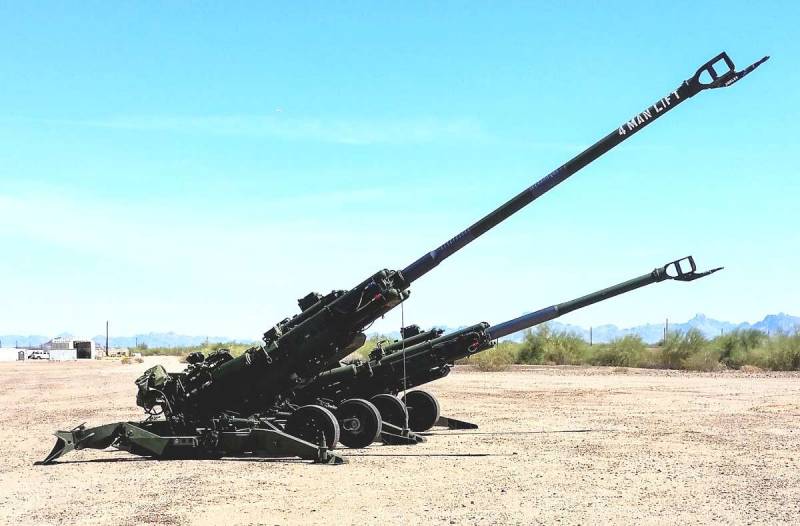
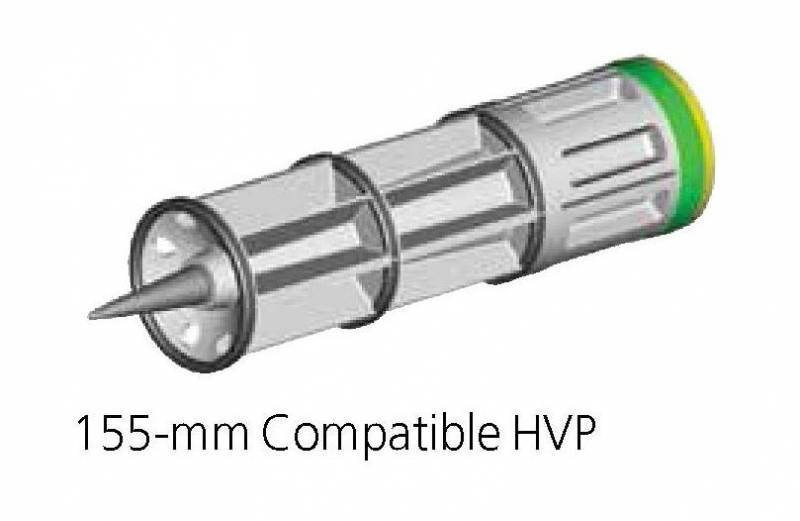
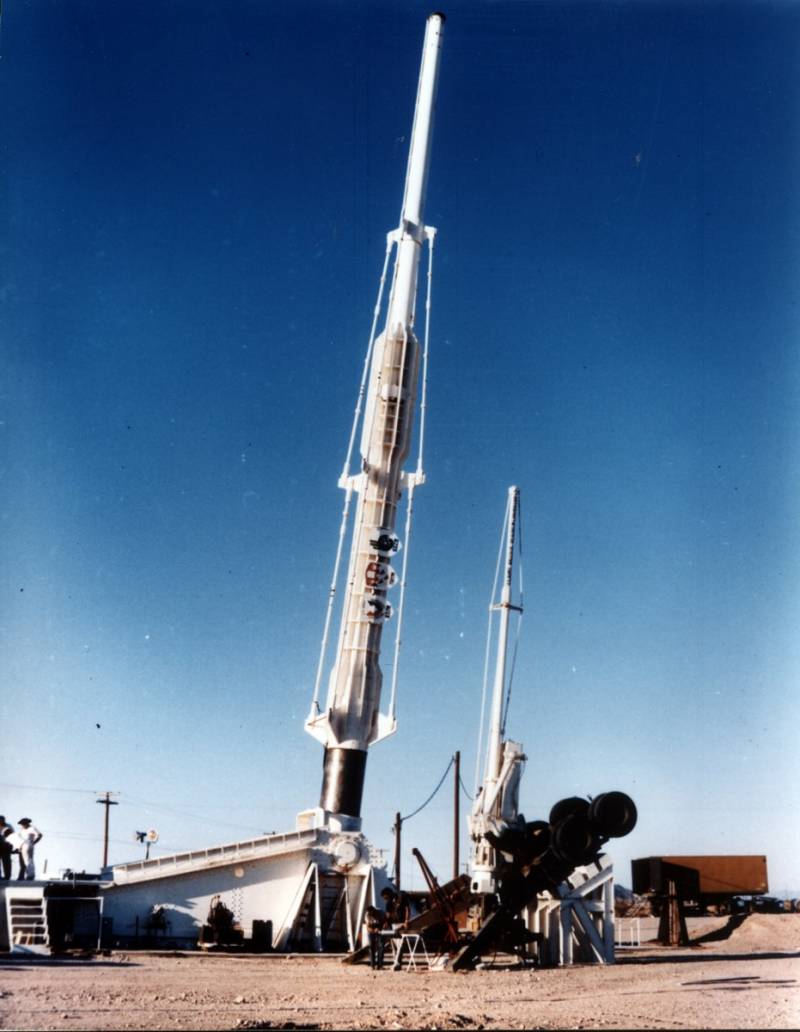
Information